An Overview of Colour Correction and Grading
As a busy video editing company we know that adding an extra touch of production quality and polish to your promotional video can make all the difference and any advantage you can gain over your competitors should be considered when producing video marketing. By tweaking the colours of the footage shot for your final video you can produce images and footage that are much more visually appealing and that have an enhanced cinematic look to instantly grab the viewers’ attention.
Why Use Colour Grading?
But “why bother?” you may ask, “if my video works then why should I spend any more time and budget messing around with the colours?”. Well, as previously mentioned in other articles, viewers make a snap judgement call on your brand, product or service within the first few seconds of any promotional video. So presenting something that borrows a few tricks from the big screen communicates a message of high quality and professionalism right from the get go.
In the movie world this process is known as grading or colour correction. But at its most basic form, it’s simply adjusting the colours of the footage to produce the most beautiful image we can.
Now I should add here that this is not an expert in-depth tutorial for editors and movie makers but simply a quick look into grading and what it can add to a corporate video production.
We usually find that we end up doing a little colour correction for one of the following 2 reasons.
Firstly, as mentioned above, to enhance the production feel of the overall film.
And secondly, to correct any ugly or unpleasant colours or lighting that certain shooting conditions create.
Depending on the camera you are using you’ll have a different look and feel to the footage you shot. This look and feel will dictate what is required in post to produce a better looking final image.
Another factor will be whether you are shooting “on the fly”, which can be something that is required at live events. When shooting on the fly you have less control of existing lighting conditions, subject and composition so the grading part of the post production tends to involve fixing the image rather than enhancing it.
However if you’re in a studio or location where you have full control over lighting and subject then you should be able to generate good looking footage that can then be enhanced further in post.
Focus on Skin Tones
Every video editing company will tell you that as a rule, one of the key things to achieve when grading is to create realistic and beautiful skin tones. We like to add some other tweaks to footage to enhance the high end feel but aiming at getting the skin tone right is a good starting point.
From there we may want to enhance the contrast, adjust the blacks in the image, add balance or push complimentary colours into the light and dark areas of the images.
Here’s a couple of examples of what can be achieved:
Firstly we have some footage shot “on the fly” at one of our clients’ event launches. We had no control over lighting and the product on show was LED screen based so this in itself created quite an unpleasant blue light cast. The footage that we shot felt too cold (due to the products LED pixels which tend to emit a blue-ish hue). It also felt very heavy in the dark areas and generally didn’t fill us with warmth about the brand or product portrayed.
We were able to correct the footage using simple controls found in even basic editing software. The alterations we made were as follows:
Reduced the white areas strength to subdue the unpleasant light created by the product (LED screen)
Slightly lifted the dark areas of the image to stop it feeling too heavy acheter viagra naturel.
We added a little saturation to the colours.
Then we pushed yellow/red into the light and mid tone areas of the image, and pushed blue into the darer areas of the image.
A good tip is that if you push one colour into the light areas then you achieve a pleasant result by pushing the colour at the opposite end of the colour wheel into the corresponding dark areas (or visa versa). This doesn’t always work but in general these opposites in the light/dark areas compliment each other and produce a nice looking image.
The final result was that we had warmed up the image a great deal and created a balance to the image overall.
In this image we were shooting on a high end camera which allows us to control the colour grading in the final image very tightly. The footage itself is shot using a log format which although when initially viewed looks flat and not very appealing, contains all the colour information we need to grade the shot in a variety of ways. This gives us much more control on colours and the final look of the image and allows us to present more dramatic and cinematic looks to the final film.
Now all this may seem very superficial if your producing corporate video or video marketing and we agree that no video should place style over substance. However, our 15 years experience as a video editing company has taught us that customers opinions are impacted upon by the initial visual judgements they make when encountering your brand. So by adding a little grading or colour correction to your video marketing ensures that you present a film that maximises its potential to achieve a positive instant reaction from new customers.
To find out more about us and our services, please click here.






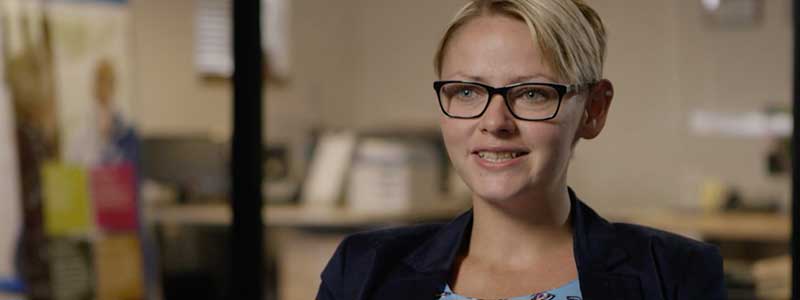
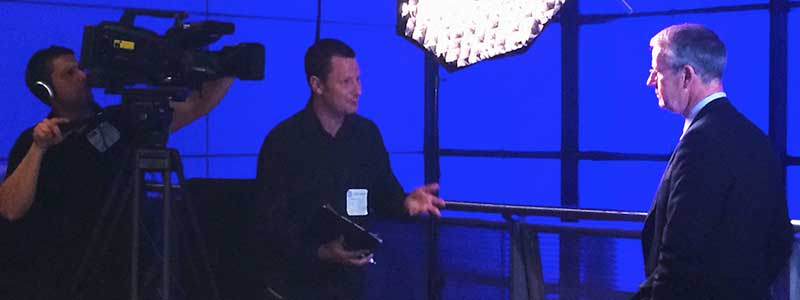

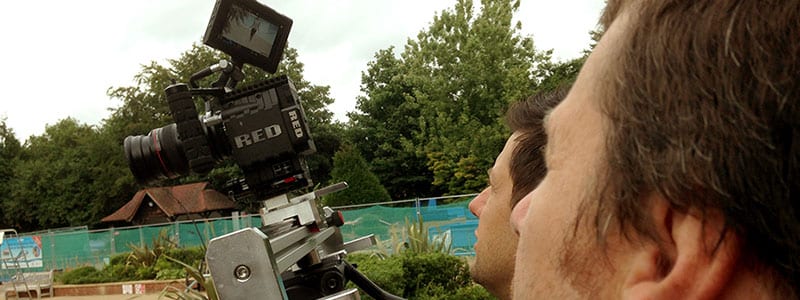
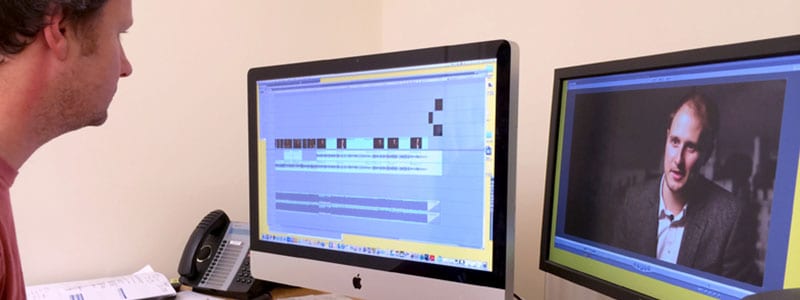
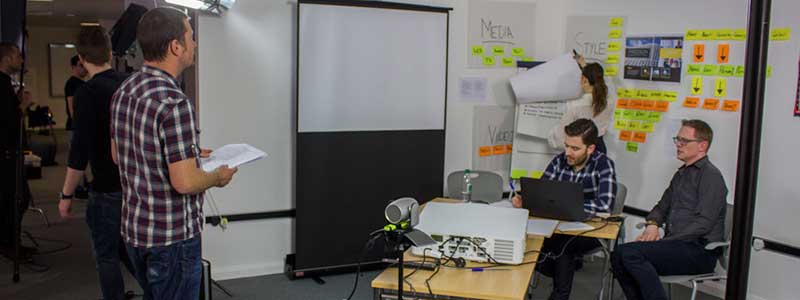














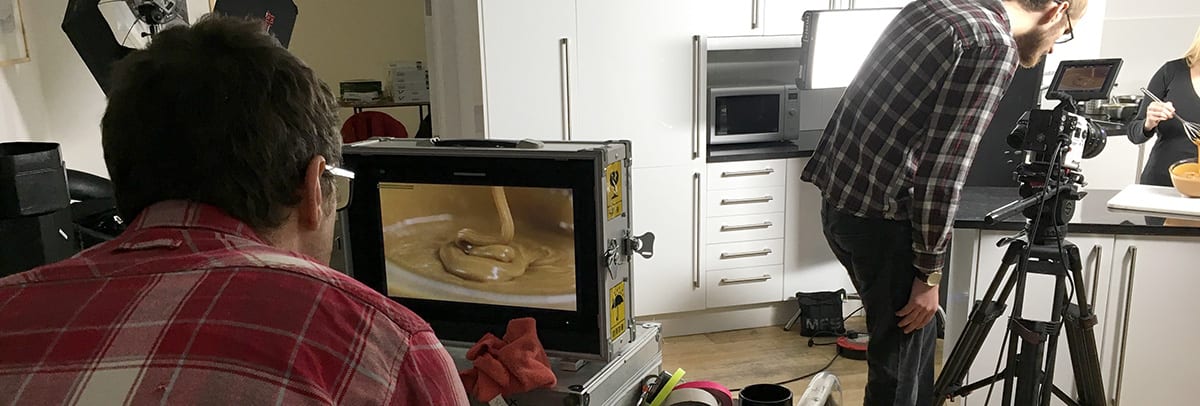
Recent Comments